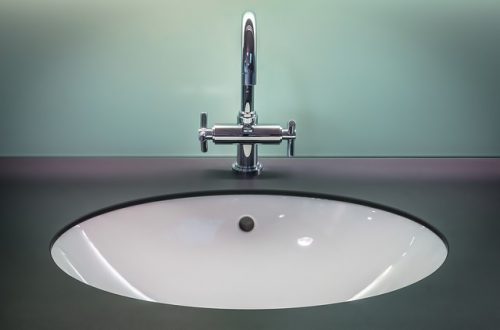
The Various Concrete Slab Materials
A concrete slab can be a very common structural part of modern structures, consisting of an irregular, curved surface created from cast concrete. Slabbing methods, including precast and midsize concrete, can differ widely, and slab construction techniques vary widely in time and cost.
The most elementary type of concrete slab, the most”slabbed” concrete slabs, consists of one or more layers of concrete slurry, mixed with water before filling in with sand or soil. Thin layers of concrete slurry are then injected to the ground, along with the concrete slab is finished by the pouring of poured into top coats of polyurethane or epoxy polymers. The depth of the concrete slurry in the”slabbed” concrete slabs is usually between 100 and 500 millimeters and usually used in high-rise structures. Thin mud or loose aggregate slates can also be utilized as roofing materials, but they are less permanent than the slabs which are”slabbed.”
Slab Materials.
The expression”mud slabs” refers to concrete slabs that aren’t”sand stuffed,” but that’s laid in a layer in the same manner as the”sand” slabs. The concrete slurry in these”mud slabs” is either a loose aggregate or a thin layer of mud that’s injected into the floor. Most sand slabs are used on streets and other road surfaces, since they may readily be dug up and proceeded, making it feasible to put them in different places. Slabs can also be poured over existing concrete slurry in case a huge hole is dug at the desired place, and the poured concrete slurry is dispersed to the hole. In circumstances where the desired area is relatively level, concrete slurry could be poured into little gaps in the ground, which will form an irregular surface which may be worked on. A combination of loose dirt and a fine aggregate is also sometimes used to create these types of slabs.

Slab Materials.
The most advanced concrete slurry is your extruded concrete slurry. These are widely used for the construction of outdoor paving, bridges and walls. The concrete slurry is prepared from a concrete mix which has a greater degree of aggregate and contains small amounts of sand or cement dust. {or a mixture of concrete dust and aggregate that are mixed together. This concrete mix is squeezed and pressed into a hole of the right size, and form, and the mix is allowed to put on the surface of the concrete and heal. After the concrete is cured, the concrete slab will harden into a hard, smooth surface which may subsequently be laid.
Concrete slabs used for the purpose of making roofs and walls are typically thicker and more durable than those used for interior usage. The thicker and more durable concrete slabs are often referred to as”cable slabs,” because the slabs are put in layers over a concrete foundation and interwoven together with alloy wires. The metal wires are used since they enable the concrete to flex, allowing it to spread as required.
Although the cost of concrete slabs is generally more affordable than traditional masonry, it is still a significant cost when compared with the cost of masonry. Slabbing is also more affordable than constructing an exterior wall from clay tiles or stone blocks. A lot of people use the latter substances for their internal walls, and although both of these materials require more labour, building the inside walls can take years, and they’re subject to more wear and tear than the outside walls. Additionally, the cost of concrete slabs may become prohibitively expensive in terms of the amount of time it takes to erect a new one. As such, the purchase price can add up quickly, particularly if the house is found in a high-demand location.




